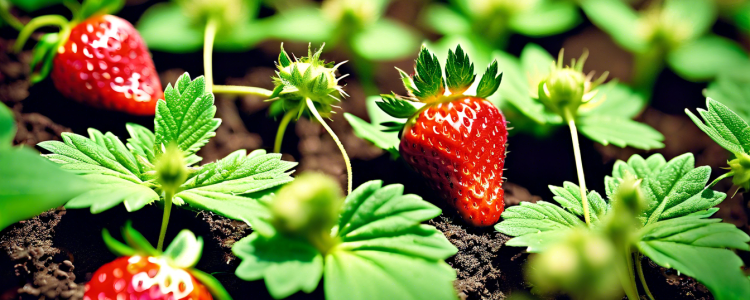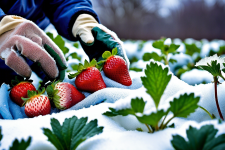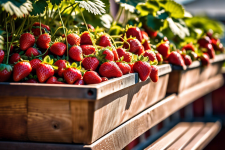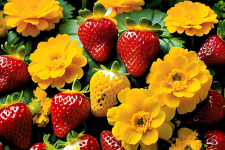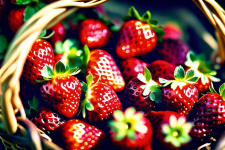Strawberry gardens are a delightful addition to any home, providing fresh and juicy berries for your culinary creations. However, keeping these gardens weed-free can be a challenging task. Weeds compete for nutrients, sunlight, and water, ultimately affecting the growth and yield of your strawberry plants. In this article, we will explore some effective weed control strategies specifically tailored to strawberry gardens, ensuring a flourishing and bountiful harvest.
Selecting the Right Mulch
Mulching is an excellent preventive measure to suppress weed growth while retaining soil moisture and regulating temperature. When it comes to strawberries, choosing the appropriate mulch can make a significant difference in weed control. Organic mulches like straw, wood chips, or pine needles are highly recommended for strawberry gardens. They not only help inhibit weed germination and growth but also break down slowly over time, enriching the soil with nutrients.
Before applying the mulch, clear the garden area of any existing weeds. Spread a layer of mulch, approximately 2-4 inches thick, around the strawberry plants, ensuring the crowns remain uncovered to prevent rot. As the mulch settles, periodically inspect and remove any weeds that manage to emerge through the mulch layer. This method not only minimizes weed competition but also creates an aesthetically pleasing strawberry bed.
Regular Hand Weeding
While preventive measures such as mulching help control weed growth, it is essential to regularly inspect your strawberry plants and manually remove any weeds that manage to sneak through. Hand weeding is a labor-intensive but highly effective method for maintaining a weed-free strawberry garden.
Allocate a specific time each week to inspect your strawberry plants and carefully pull out any visible weeds, ensuring you remove the entire root system to prevent regrowth. Be cautious while hand weeding as the shallow roots of strawberry plants can be easily disturbed. To minimize potential damage, gently loosen the soil around the weeds before pulling them out.
Remember, prevention is better than cure, so try to catch weeds when they are small and before they have a chance to go to seed. Early detection and swift removal can significantly reduce the weed population in your strawberry garden, minimizing the need for more intensive weed control methods.
Utilizing Weed Barriers
Weed barriers are another effective strategy for weed control in strawberry gardens. These barriers work by physically preventing weed growth and reducing competition for resources. There are various types of weed barriers available, including landscape fabric, plastic mulch, and biodegradable mulch films.
Prior to planting your strawberry garden, lay the weed barrier material over the prepared soil. Cut holes or slits in the barrier, allowing space for each strawberry plant. This method not only suppresses weed growth but also helps control moisture levels, which is particularly beneficial for strawberries. Additionally, weed barriers can enhance soil temperature and nutrient retention, boosting the overall health and productivity of your strawberry garden.
Conclusion
Implementing effective weed control strategies is essential for maintaining a thriving strawberry garden. By selecting the right mulch, regularly hand weeding, and utilizing weed barriers, you can significantly reduce weed competition and ensure your strawberry plants receive the nutrients, sunlight, and water they need to flourish. With these strategies in place, you can look forward to a bountiful strawberry harvest while keeping those pesky weeds at bay.

